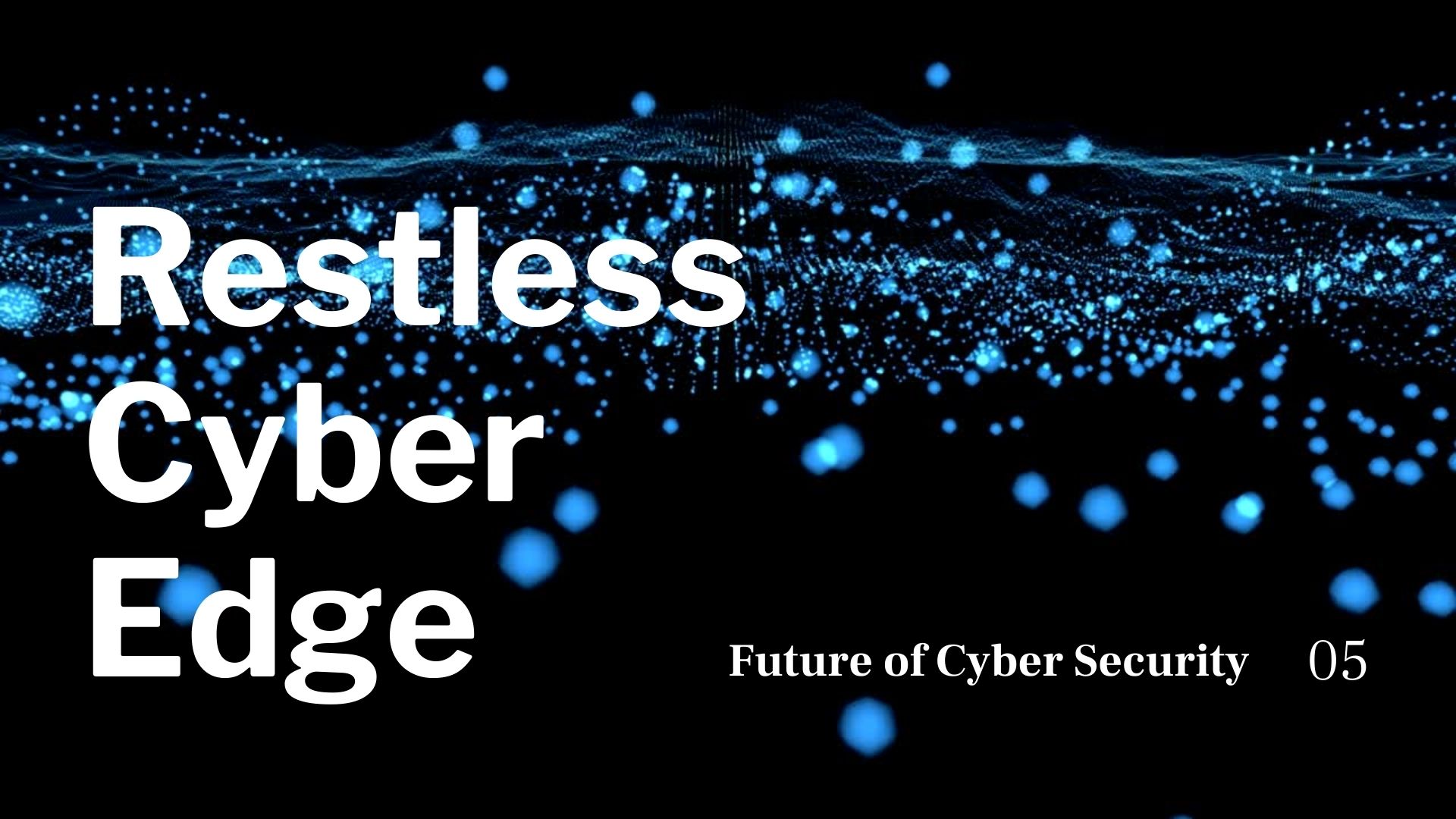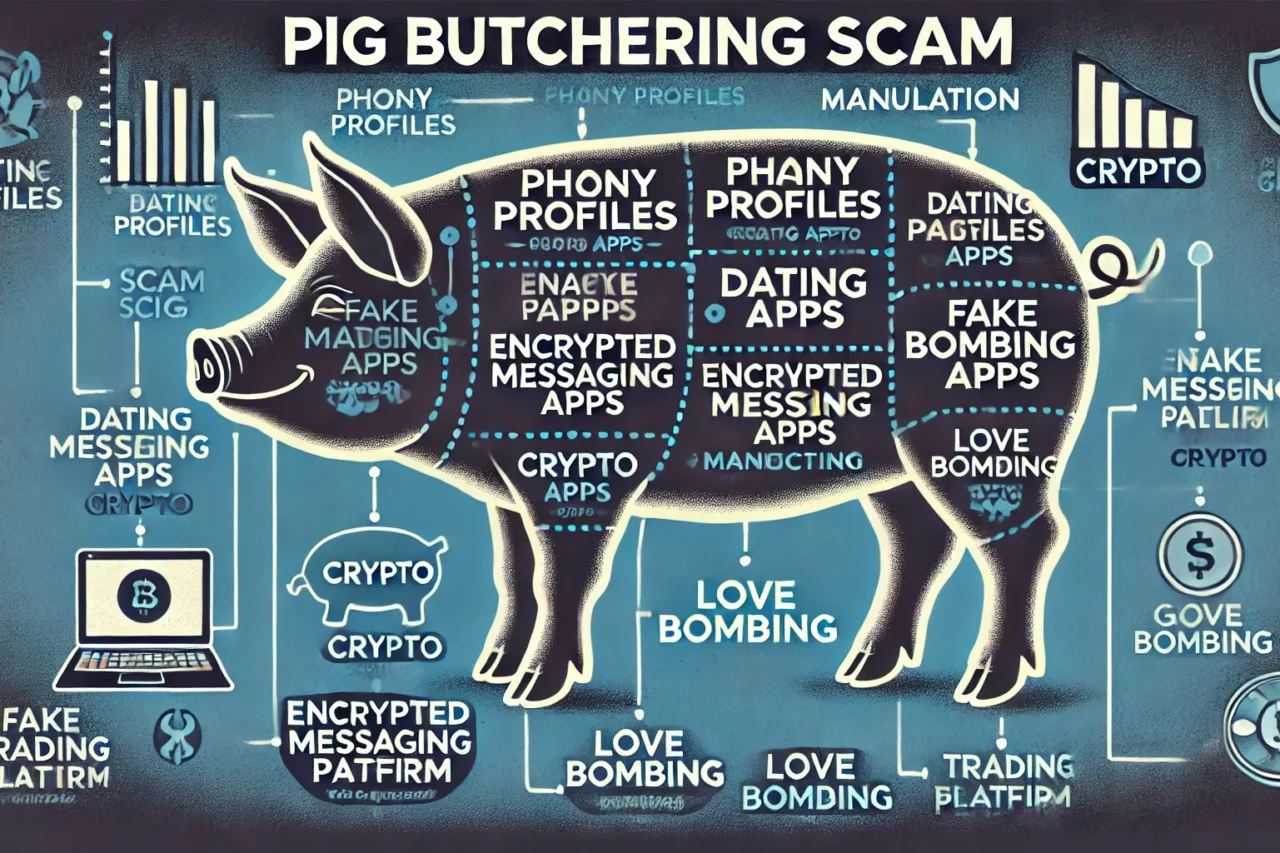Cyber Security of Genomic Data 2025
October 4, 2023, 5 min read
In 2025, the protection of genomic data demands heightened attention and sophisticated measures. With the potential for unparalleled insights into individuals’ health, vulnerabilities in securing this data pose significant ethical, privacy, and security challenges.
Genomic data has become an important source for genetic analysis, personalized therapy, and medical research. As digital platforms for genetic data expand, strong cybersecurity measures are crucial. This article explores genomic data’s significance and cybersecurity in genomics.
To safeguard genomic data effectively, organizations and research institutions are implementing robust encryption techniques, stringent access controls, and trustworthy authentication protocols. Additionally, advancements in AI-driven threat detection and continuous monitoring are being integrated to detect and mitigate potential breaches swiftly.
What is Genomic Cyber Security?
Cybersecurity in genomics involves protecting genetic data from unauthorized access and breaches. It ensures privacy, integrity, and compliant with ethics and privacy laws. This is to safeguard highly personal genetic information which is very sensitive data for everyone.
What is Meant by Genomic Data?
Genomic data encompasses an individual’s genetic makeup, including DNA sequences, gene variants, and markers. It provides insights into ancestry, drug responses, and disease susceptibility. Genome sequencing, the traditional method, reveals DNA sequences, which are then analyzed for trends, mutations, and genetic links.
The Importance of Genomic Information
Genomic information is essential for furthering medical research, enabling the creation of individualized therapies, and comprehending the genetics of disease. It enables researchers and healthcare practitioners to customize therapies, reach new therapeutic goals, and make informed judgments. Furthermore, genomic data has the potential to transform healthcare by opening the door to precision medicine. This allows for the customization of treatments based on each patient’s particular genetic profile.
What is Tomorrow’s Genome?
As we step into the genomic revolution, safeguarding DNA isn’t just about locks and keys—it’s about wielding the most advanced technologies to shield our genetic blueprints. Here are the groundbreaking innovations redefining genomic cybersecurity:
- Quantum-Resistant Vaults: Think your DNA is safe? Not for long—quantum computers are on the horizon, capable of cracking today’s encryption. Enter post-quantum cryptography, a futuristic fortress designed to outsmart even the smartest machines, ensuring your genetic code remains impenetrable.
- The Blockchain DNA Ledger: Picture a digital vault that records every handshake your DNA data makes—secure, unchangeable, and visible only to those you trust. Blockchain technology transforms data-sharing into a seamless yet secure handshake, empowering researchers without compromising privacy.
- AI Bodyguards for Your Genome: Imagine having a digital bodyguard that never sleeps. AI-driven threat detection systems act like tireless sentinels, scouring for intrusions in real-time. These advanced tools predict cyber threats before they strike, keeping your genetic secrets safe.
- Privacy Cloaks, Analyze Without Exposing: How do you share insights without showing your cards? Privacy-preserving technologies like homomorphic encryption and secure computation let scientists analyze data while it remains hidden—like solving a puzzle without ever seeing the pieces.
- Portable DNA Security Pods: Why let genomic data wander far and wide? Edge computing brings the power of analysis to local devices, minimizing the risk of data breaches while enabling lightning-fast, secure insights for personalized healthcare.
- Compliance Gurus, Automated Rule Keepers: Navigating privacy laws can feel like running a maze blindfolded. Enter compliance automation tools, which act as your guide, ensuring every step you take meets global regulations like GDPR and HIPAA without the headache.
Security Issues with Genomic Data
Due to the sensitive nature of genetic data and the sophisticated infrastructure needed to store and analyze it, securing it presents several difficulties. Among the principal difficulties are:
Genomic data provides extremely sensitive and private information that some people may not want to have publicly available. Adherence to data protection laws and strong security measures are necessary for privacy protection.
Genomic data is large and complicated, frequently made up of billions of data points. This creates difficulties for the storage, analysis, and application of secure data handling procedures.
Collaboration and Data Sharing: Genomic data is frequently shared between researchers, organizations, and databases for joint research. It is crucial to provide secure data-sharing procedures while upholding data integrity and confidentiality.
Genomic data reveals genetic predispositions, potentially leading to privacy breaches and discrimination in contexts like insurance and employment.
Genomics Cyber Security Implementation
The following cyber security procedures are essential to address the problems with protecting genetic data:
Encryption: Encrypting genetic data while it’s being transmitted and stored makes sure that only authorized users or systems can access and understand the data.
Using robust authentication and permission systems, access control ensures that only authorized personnel can see, examine, and edit the data.
Regular Auditing and Monitoring: Monitoring and auditing systems and networks regularly to detect and quickly address any potential security flaws or breaches.
Data Governance and Privacy Policies: Establish comprehensive data governance and privacy policies with rules for data management, sharing, and legal compliance.
Staff Training and Awareness: Ensure researchers, healthcare workers, and staff are well-informed about best practices and risks through cybersecurity training and awareness programs.
Conclusion
The cybersecurity landscape for genomic data in 2025 remains a critical concern due to the immense value and sensitivity of this information. As the utilization of genomic data in healthcare, research, and various industries continues to expand, the risks associated with its security have intensified.
Collaboration between cybersecurity experts, genomic researchers, policymakers, and regulatory bodies has become pivotal. Establishing comprehensive frameworks that address privacy regulations, data sharing, and ethical considerations is a priority. These are while ensuring stringent cybersecurity measures, of course.
Moreover, education and awareness initiatives are being emphasized to train professionals within the genomics field about cybersecurity best practices, promoting a culture of vigilance and responsibility around the handling of this sensitive data.
Despite these efforts, the evolving nature of cyber threats necessitates ongoing adaptation and innovation to stay ahead of malicious actors seeking to exploit genomic data for various purposes, emphasizing the continual need for vigilance and investment in cutting-edge cybersecurity measures.
Ensuring the cyber security of genomic data is crucial as genomics continues to transform healthcare. To safeguard genomic data, implement robust cybersecurity measures like encryption, access control, auditing, and employee training. By doing this, scientists and medical practitioners can harness genomics’ power while safeguarding genetic data privacy. Genomic research, with a focus on cybersecurity, can revolutionize personalized medicine and global health outcomes.
Image Source: Image by DCStudio on Freepik




























